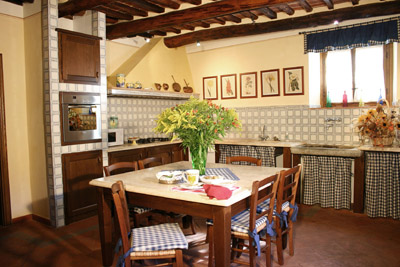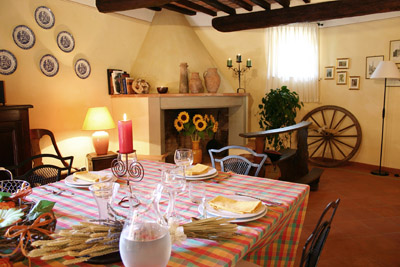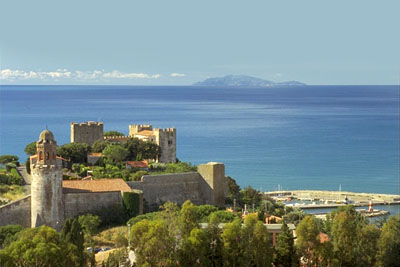

Traditional and luxury guest accomodation, the Casale Sodini, a Tuscan retreat of great charme available for exclusive private rental.
Villa Casale Sodini is available for rent all year round! www.casalesodini.com
Ground Floor
* dining room
* family dining room and TV room
* office
* kitchen
* laundry
First Floor
* 3 double bedrooms with bathrooms en suite
* 1 master double bedroom with bathroom en suite
* 1 suite double bedroom with bathroom en suite
Facilities
* daily breakfast
* air conditioning
* central heating
* computer & internet
* telephone & fax
* computerised telephone billing
* stereo CD player with central rediffusion
* satellite TV
* alarm
Staff
* 1 cook on request
* 1 maid (6 days a week)
* gardener
Exclusions
* food
* beverages
* telephone and fax billing
* gratuities
* laundry
* transfers
* lunch and dinner






